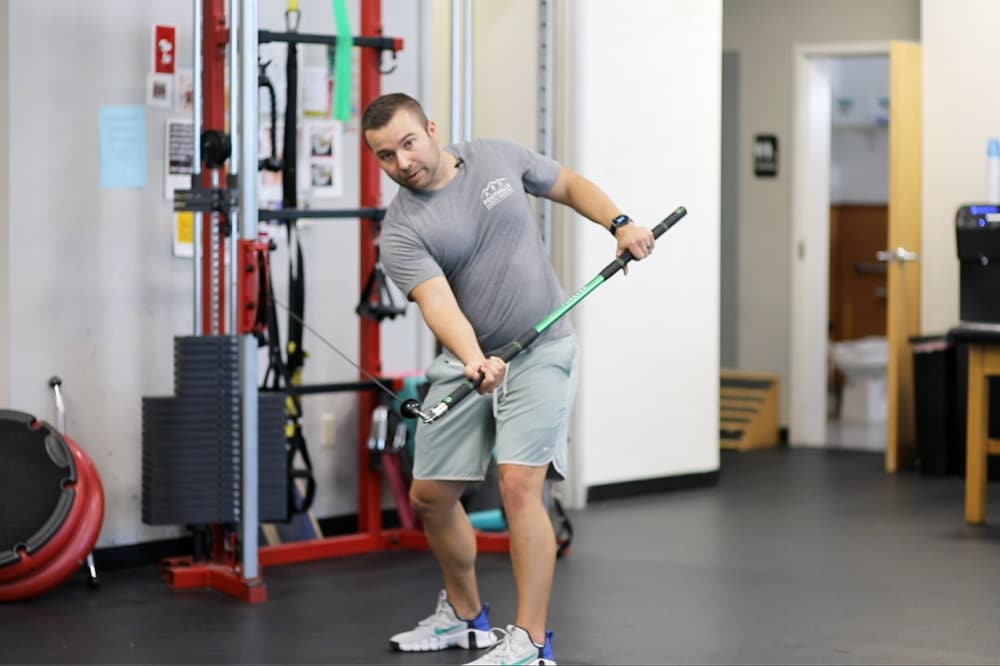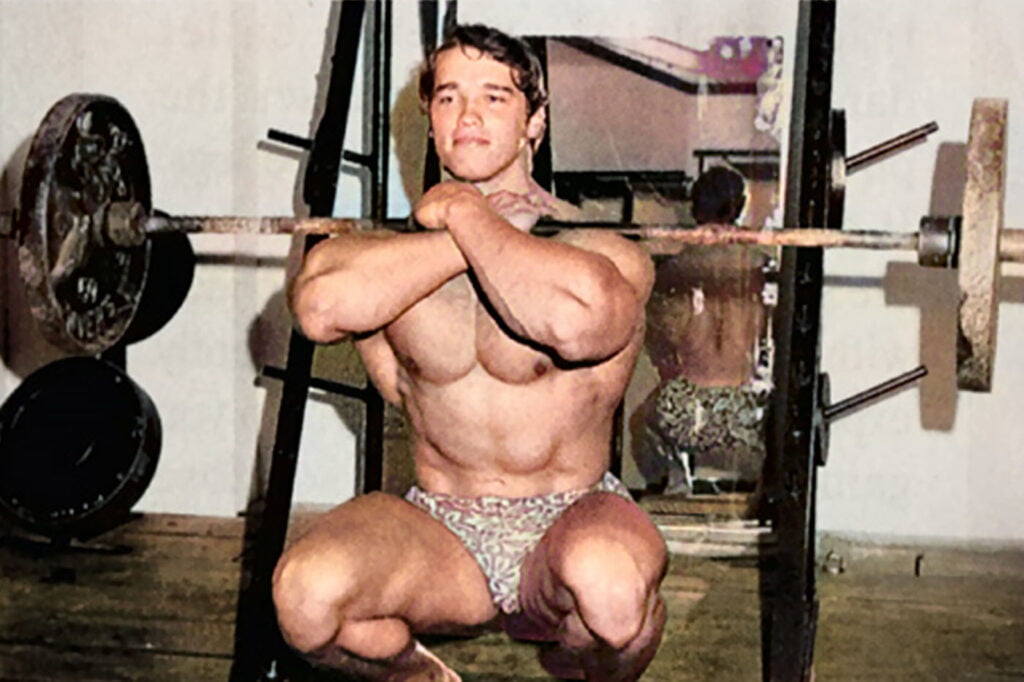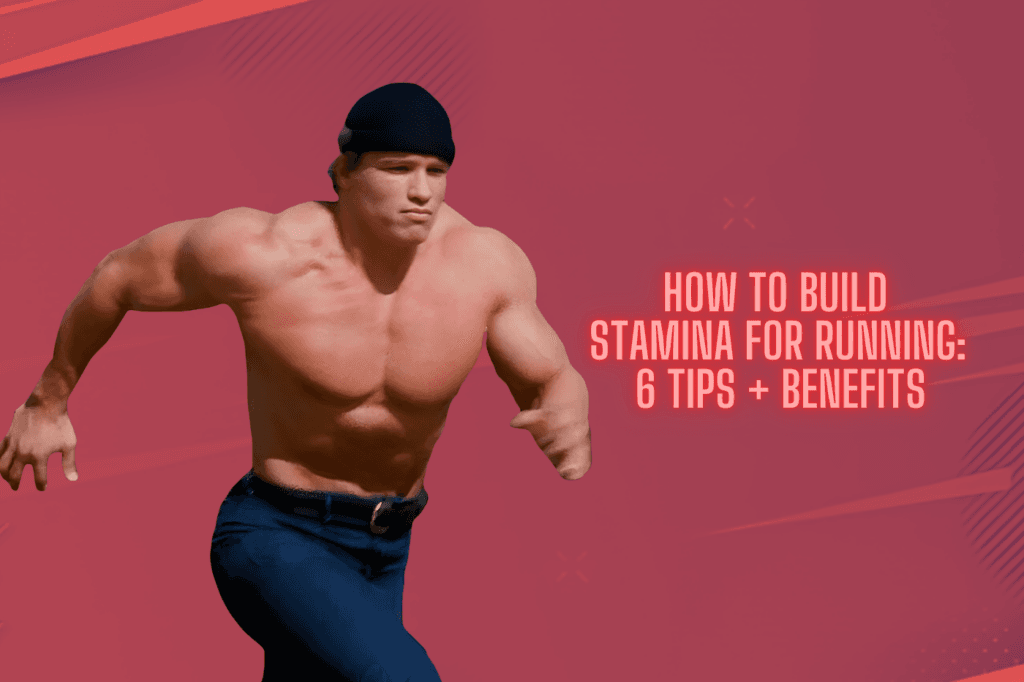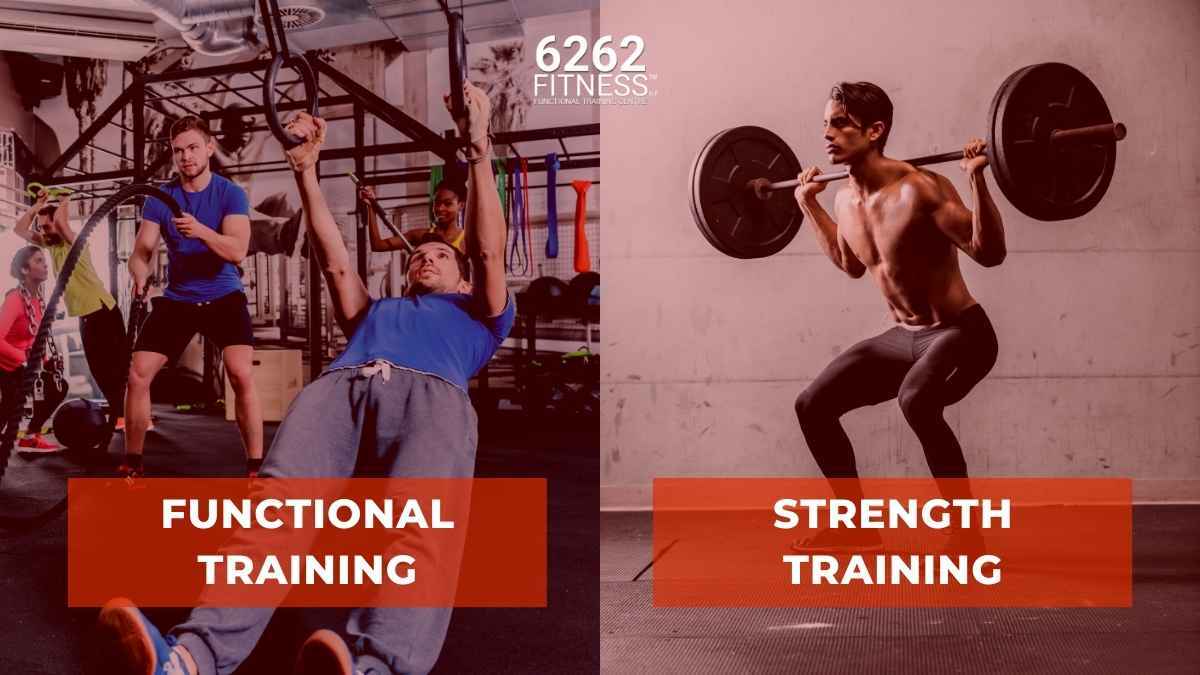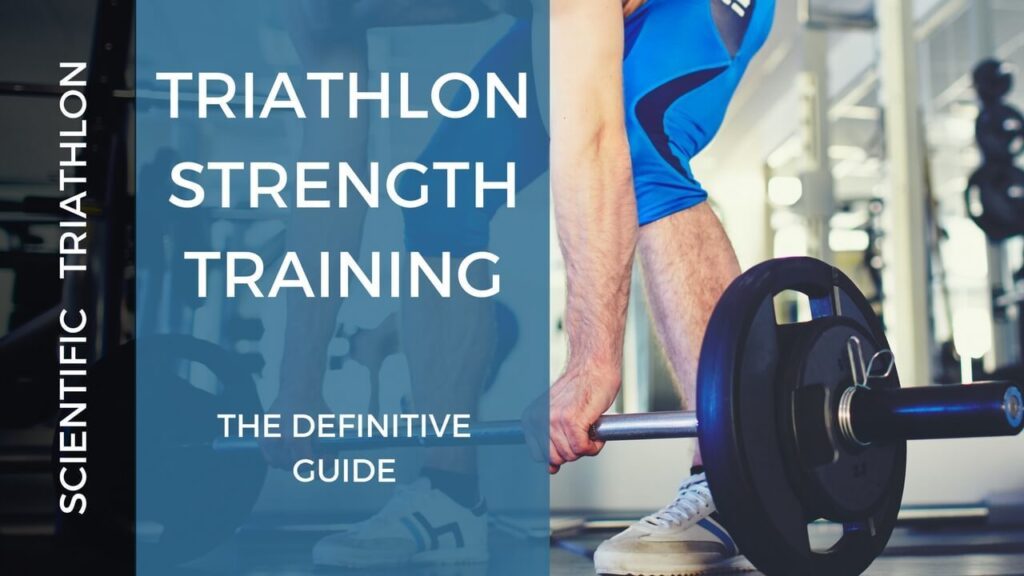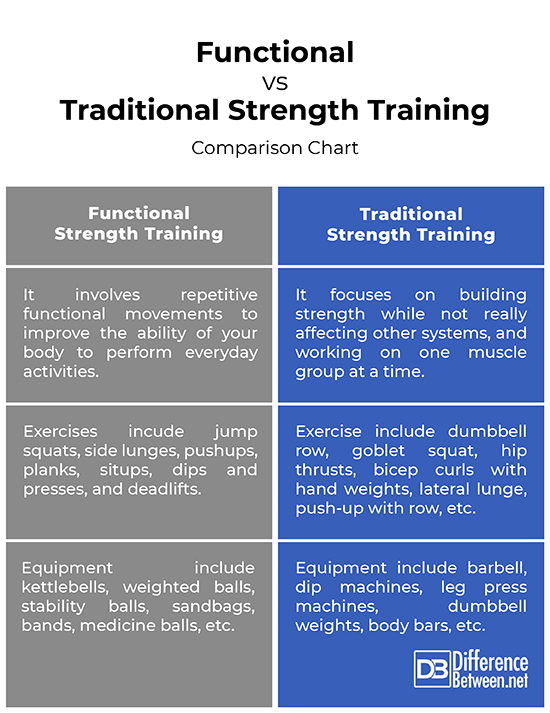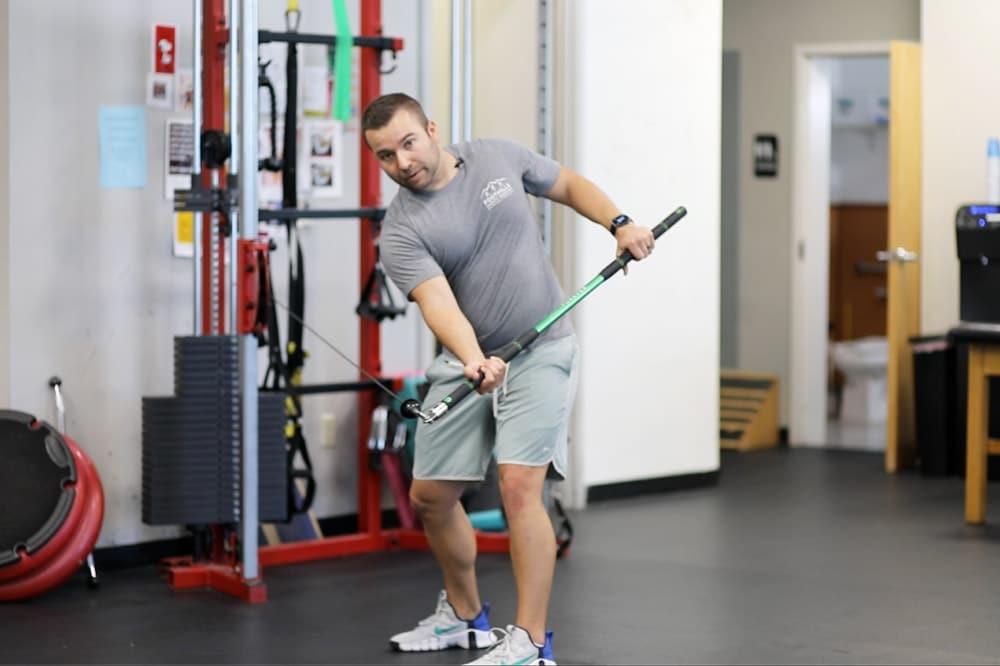Golf strength training enhances swing power, stability, and overall performance on the course. It focuses on building core, upper body, and lower body muscles.
Strength training is crucial for golfers aiming to improve their game. Strong muscles support better control, increased swing speed, and reduced injury risk. Golfers benefit from exercises targeting the core, shoulders, hips, and legs. A well-rounded golf strength training program includes movements like squats, lunges, and rotational exercises.
These exercises build the necessary muscle groups, leading to improved stamina and precision. Consistent training also fosters better posture and balance. Incorporating strength training into a golfer’s routine can significantly elevate their performance and enjoyment of the game.
Introduction To Golf Fitness
Physical training helps golfers improve their strength and stamina. Better fitness reduces the risk of injuries. Strong muscles support better swings. Golfers with good fitness enjoy the game more.
Strength training improves swing power and accuracy. Strong legs help with balance. Better balance means better shots. Strong arms increase club control. Control helps in hitting the ball precisely. Strength also helps in playing longer without getting tired.
Assessing Your Fitness Level
Start by checking your current strength and flexibility. Use a mirror to observe your posture. Notice any imbalances or weaknesses. Test your range of motion in different areas like shoulders and hips. Record your findings. This helps track progress. A simple home exercise routine can reveal a lot. Try doing squats, lunges, and push-ups. Count how many you can do with good form. Also, check how long you can hold a plank position. Write down all results for future reference. This gives a clear picture of your starting point.
Consider visiting a sports physiotherapist. They can provide a detailed analysis. A golf-specific fitness trainer is also helpful. They understand the unique needs of golfers. These professionals use tools like motion capture systems. This technology shows how your body moves during a swing. They may also use strength and flexibility tests. Their assessments are usually very accurate. They help create a tailored training program. A professional assessment is a great investment. It can significantly improve your game.
Core Strength For Stable Swings
Planks build core muscles. Hold a plank for 30 seconds. Side planks strengthen obliques. They improve balance and stability. Russian twists target your abs and sides. Sit-ups are great for your core. Do three sets of 10 reps each.
Plan core exercises three times a week. Warm-up before starting. Cool down after each session. Mix different exercises to avoid boredom. Keep track of your progress. Listen to your body to avoid injury.

Credit: www.youtube.com
Lower Body Power
Strong legs are key for a powerful golf swing. Squats help improve leg strength. Lunges are also excellent. Both exercises target the quads and hamstrings. Strong legs help in maintaining balance. Leg workouts should be done twice a week. Resting between workouts is crucial for muscle recovery.
Balance and flexibility are vital in golf. Yoga can improve both significantly. Stretching exercises should be done daily. This helps in preventing injuries. Balance exercises like standing on one leg are helpful. A strong core also aids in better balance. Flexibility in the hips and shoulders is very important.
Upper Body Conditioning
Strong arms and shoulders improve your golf swing. Bicep curls build arm strength. Shoulder presses increase shoulder power. Tricep extensions help in controlling the club. These exercises make your upper body stronger. Better strength means better swings.
The upper body is key in golf. It controls the swing. Strong shoulders and arms give you power. A firm grip on the club is crucial. Stability in the upper body adds accuracy. Core strength also supports the upper body. Together, they improve your game.

Credit: www.tonal.com
Grip Strength And Wrist Flexibility
Strong grip helps control the golf club. Use hand grippers to train your grip. Squeeze the gripper for 10 seconds. Repeat this 10 times. Do this exercise daily. You can also use a stress ball. Squeeze it tightly for 10 seconds. Repeat this 10 times. This will help make your grip stronger.
Wrist curls improve wrist control. Hold a light dumbbell in your hand. Place your forearm on a table. Hang your wrist off the edge. Curl the weight up and down. Repeat 15 times. Switch to the other hand. Do this exercise daily. Wrist extensions also help. Hold a light dumbbell. Place your forearm on a table. Hang your wrist off the edge. Lift the weight up and down. Repeat 15 times. Switch to the other hand. These exercises improve wrist flexibility.
Cardiovascular Endurance On The Course
Cardio helps golfers maintain their energy levels. It reduces fatigue during long rounds. Improved heart health supports better stamina. Cardio enhances recovery between holes. It aids in weight management, beneficial for overall performance.
Walking is simple and effective for golfers. Jogging can build endurance quickly. Cycling strengthens leg muscles, important for swings. Swimming offers a full-body workout, low impact on joints. Interval training boosts stamina and speed.
Recovery And Injury Prevention
Proper rest is key for muscle recovery. Always take breaks after intense workouts. Use ice packs to reduce swelling. Gentle stretching helps relax tight muscles. Hydration speeds up recovery. Drink plenty of water. Sleep well every night. Aim for 8 hours. Massage therapy can ease muscle soreness. Light walking promotes blood flow.
Start with a good warm-up. This prepares muscles for activity. Wear the right footwear for support. Always use proper form during exercises. Gradually increase intensity. Never jump to heavy weights. Listen to your body. Stop if you feel pain. Incorporate strength training to build muscle. Regularly stretch to maintain flexibility. Cross-train with other sports to avoid overuse injuries.
Creating A Personalized Golf Fitness Plan
Start with small goals. Make them specific and achievable. For example, aim to improve your swing strength. Track your progress weekly. Use a journal to note improvements. Celebrate small wins to stay motivated.
Monitor your progress regularly. Adjust your exercises based on performance. Increase weights or reps gradually. Listen to your body to avoid injuries. Consult a trainer for expert advice. Stay flexible and adapt to changes.
Nutrition For Golfers
Golfers need a balanced diet to perform well. Proteins help build and repair muscles. Carbohydrates provide energy for the game. Fruits and vegetables are essential for vitamins and minerals. Healthy fats like avocados are good for sustained energy. Hydration is also critical for performance. Eating a variety of foods ensures all nutrients are covered.
Water is the best drink for golfers. Drink water before, during, and after playing. Electrolyte drinks can help replace lost minerals. Avoid sugary drinks as they can lead to a crash. Consistent hydration keeps muscles working well. Carry a water bottle to stay hydrated throughout the game. Drink small sips regularly instead of large amounts at once.
Monitoring Progress And Making Adjustments
Keep a journal to track your workouts and progress. Write down the weights you lift, the reps and sets you complete. Note how you feel after each workout. This helps you see your improvement over time. Take photos or measurements monthly to track physical changes.
If you feel bored or stuck, it might be time to change your regimen. Plateaus can happen, and changing your workout can help. Introduce new exercises or increase the weights you lift. Listen to your body; it tells you when it needs a change. Adjust your plan every 6-8 weeks for the best results.
Success Stories: Transformations Through Strength Training
Professional golfers have seen great improvements. Tiger Woods used strength training to boost his performance. Rory McIlroy also turned to strength training. Both golfers gained more power and accuracy. Their swings became more consistent. They also reduced their injury risks. Strength training made them stronger and more resilient.
Amateur golfers also benefit from strength training. Jane, an amateur golfer, saw her game improve. She could hit the ball further. Tom felt more confident on the course. His endurance increased. These amateurs found strength training very helpful. Their skills improved, and they enjoyed the game more.
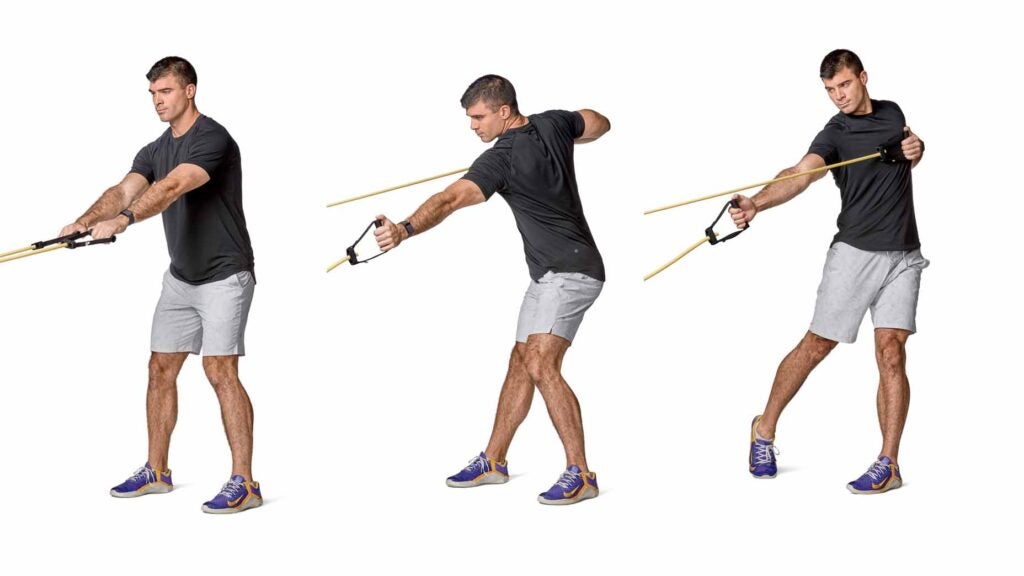
Credit: golf.com
Frequently Asked Questions
How Do You Train Strength For Golf?
Train strength for golf with core exercises, resistance training, and flexibility routines. Focus on squats, lunges, and rotational movements.
How Do You Build Arm Strength In Golf?
Build arm strength in golf by doing resistance exercises, lifting weights, and practicing swings regularly. Focus on bicep and tricep workouts.
How Do You Build Core Strength In Golf?
To build core strength in golf, perform exercises like planks, Russian twists, and medicine ball slams. Practice regularly. Maintain proper form.
Where Do You Get Strength In Golf?
Strength in golf comes from a combination of core stability, leg power, and upper body strength. Regular exercises and practice improve these areas.
What Is Golf Strength Training?
Golf strength training focuses on exercises to improve power, stability, and endurance specific to golf movements.
Why Is Strength Training Important For Golfers?
Strength training enhances swing power, reduces injury risk, and improves overall performance on the course.
How Often Should Golfers Do Strength Training?
Golfers should aim for 2-3 strength training sessions per week for optimal results.
What Exercises Are Best For Golf Strength Training?
Effective exercises include squats, deadlifts, lunges, planks, and rotational movements like medicine ball throws.
Can Strength Training Improve My Golf Swing?
Yes, strength training boosts muscle power and stability, leading to a more powerful and consistent golf swing.
Should I Use Weights For Golf Strength Training?
Using weights can increase muscle strength and power, essential for a more effective golf swing.
Conclusion
Golf strength training can transform your game. Enhance your power, improve accuracy, and reduce injury risk. Consistent workouts lead to noticeable results on the course. Invest time in strength training for a better golf experience. Start today and watch your performance soar.
Your best game is within reach.

